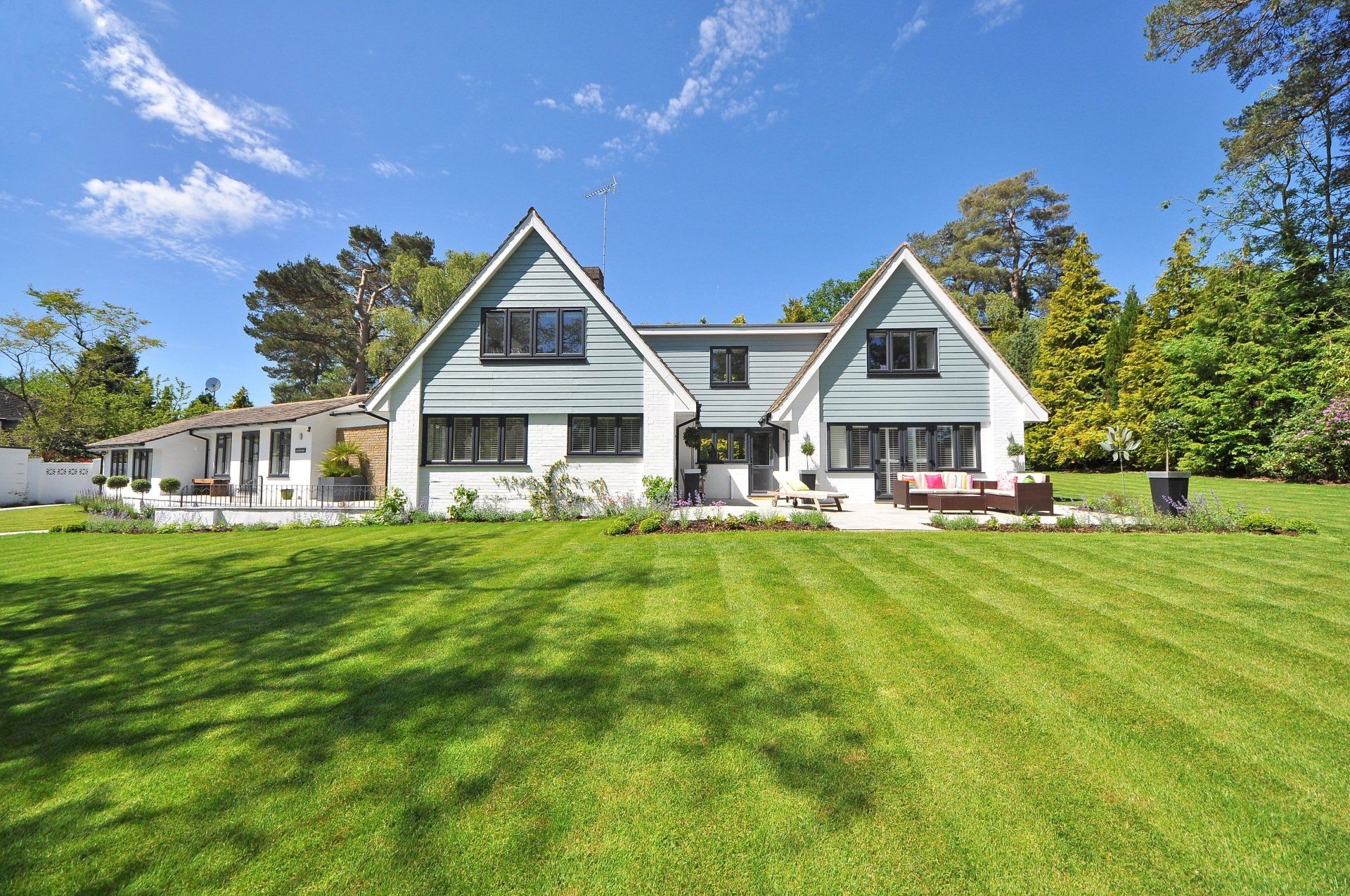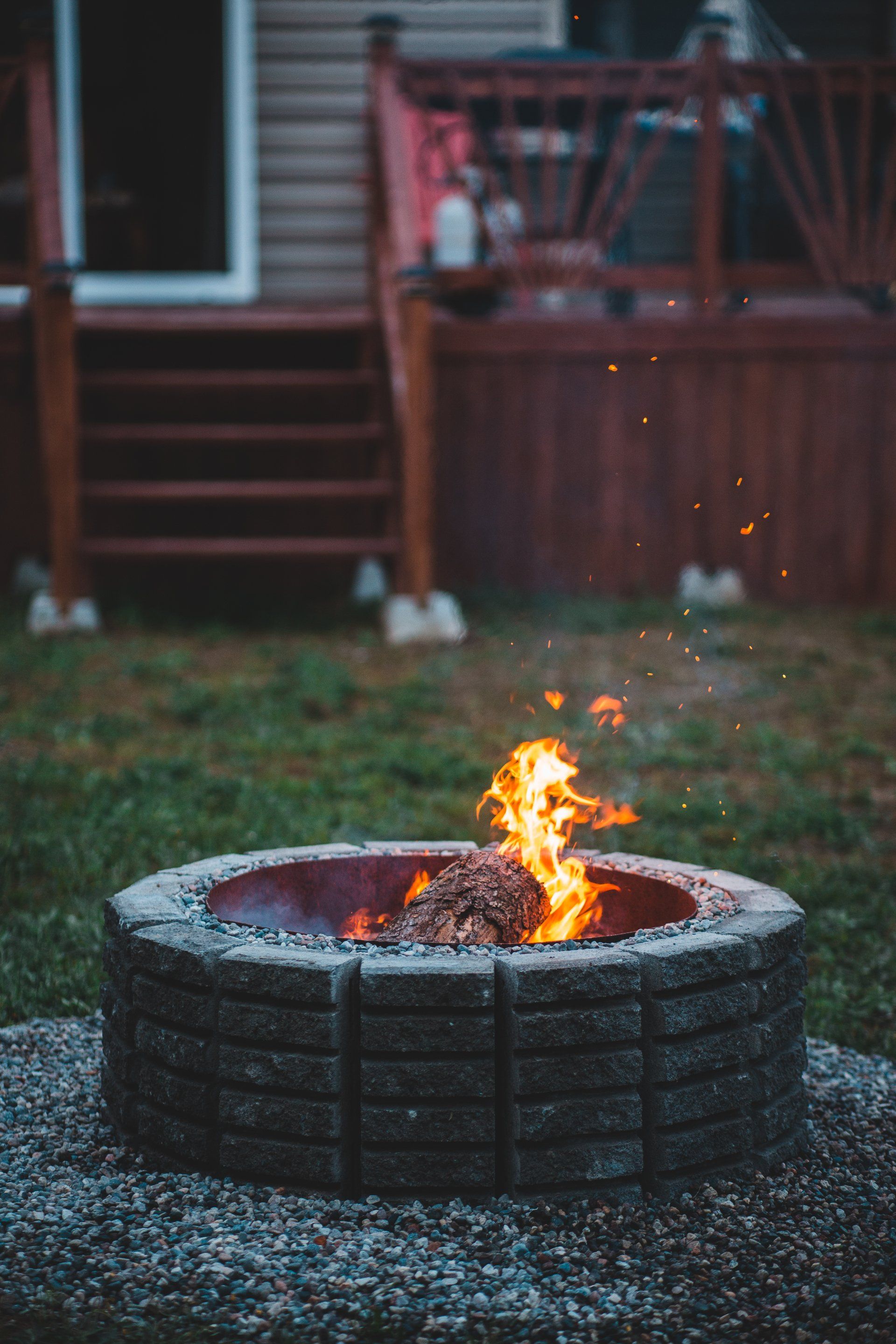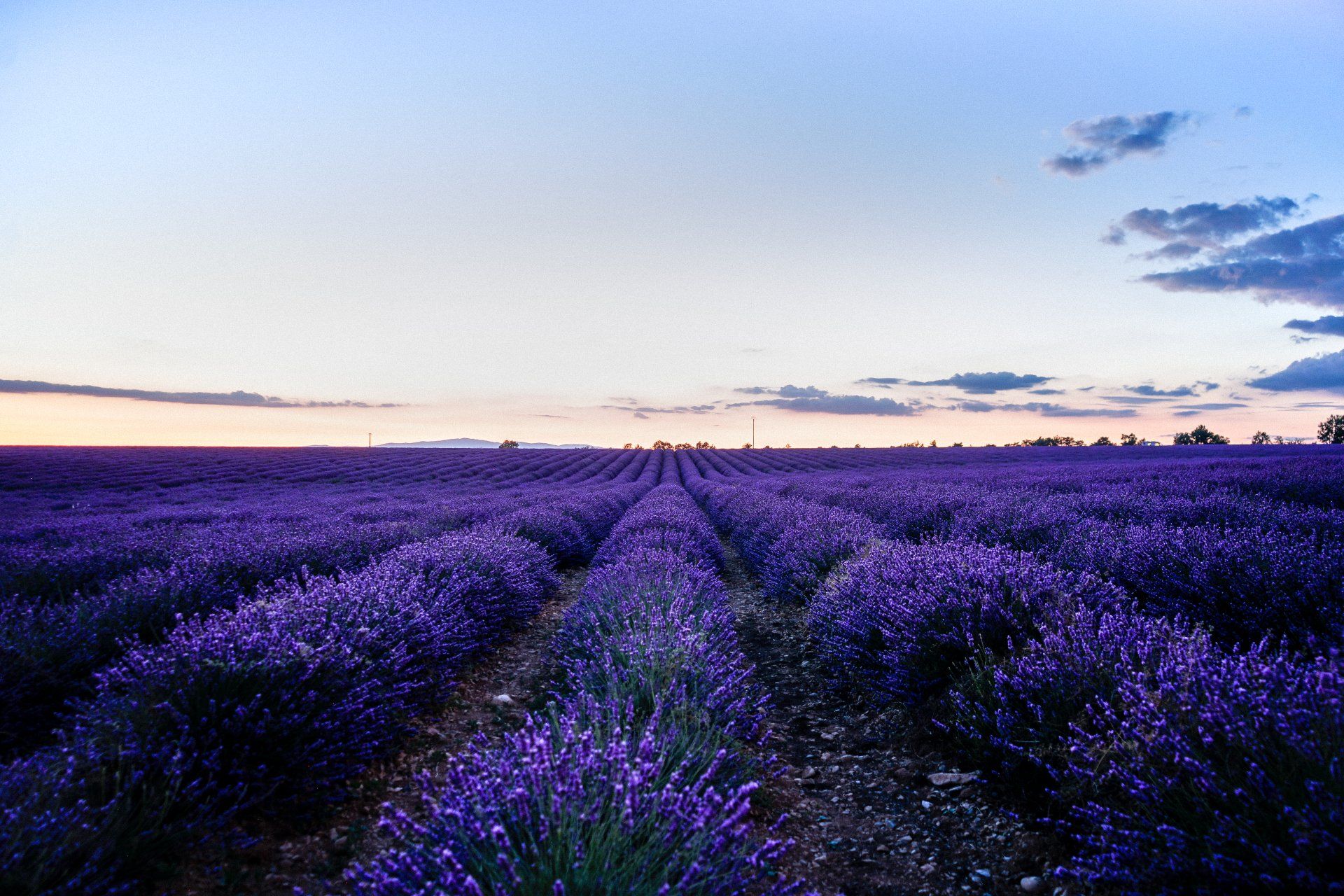Ornamental Grasses: What You Need to Know
Ornamental Grasses: What You Need to Know
Ornamental grasses offer the height, texture, motion, and visual appeal of any landscape. They are available in a wide range of colors, shapes, and sizes. In the beginning, years ago, ornamental grasses had been thought of as a novelty and were used mostly by professionals in the industry and experienced gardeners; however, as their popularity as low-maintenance and eco-friendly have grown, they are now found in containers and garden beds all over the world. If you're thinking of the addition of some or all of them to your garden, our experienced experts will help you select the right decorative grasses that fit your specific landscape and offer you great suggestions on how to ensure they'll continue to flourish.
How to Grow Ornamental Grasses?
Ornamental grasses are extremely robust and are able to thrive in a range of conditions of soil. They are generally drought-tolerant and are free of diseases and insects and can blend well with other shrubs and flowers. Maximize the value of your investment and enjoyment by learning how to cultivate these plants, and do not forget to add lighting for your landscape to display your garden in the evening.
When to Plant
The annual grasses must be planted in spring, and they will last only for one season of growth. Perennial grasses can be planted either in the fall or the spring and will come back each year.
Where to Plant
The two most important considerations when choosing a place are the availability of sunlight and water to the requirements of the grass you want to plant. Many varieties prefer full sun; however, there are some that can tolerate or prefer partly sunny or shady locations.
Growth Habits
Start with planting your grasses at the same level that they were in the pot to prevent water pooling. Then, spacing them according to their entire size. Certain decorative grasses are able to grow in groups, while others are spread, and while the latter is great for filling an area that is large and empty, they may become invasive.
Additional Tips
- To maximize visual impact, make sure to plant your clumping lawns in three groups.
- If a clump grows too large or the middle area is not bare, dig it up in spring and split the root ball prior to planting.
- In the days before new growth starts to emerge in spring, trim your grass to between 4 and 6 inches tall.
Caring for Your Decorative Grasses
Fertilization
Apply an organic fertilizer that slow releases each spring, if required, but be sure to soak it thoroughly. If you keep nitrogen levels low, you can keep the grass from slipping over and keep the leaves vibrant and healthy.
Watering
The plants should be well-watered in the first year they are planted for them to establish a strong root system. Established plants do not require additional watering except during drought times; however, the precise requirements will vary based on the particular species.
Weed Control
Keep weeds at bay surrounding your grasses by putting down mulch. It can also assist in stopping unintentional seeds from being resown.
Tips for Choosing the Right Ornamental Grasses
- Select grasses that are appropriate to the soil and light conditions surrounding your property.
- The tall grasses are a great ornamental plant to provide privacy.
- Warm-season grasses are able to begin growing later in the spring and continue to grow to the time of the first frost, while cool-season grasses typically expand from late winter into the beginning of summer.
Ready to work with Landscape GroundExperts Grande Prairie?
Let's connect! We’re here to help.
Send us a message and we’ll be in touch.
Or give us a call today at 587-803-0516











